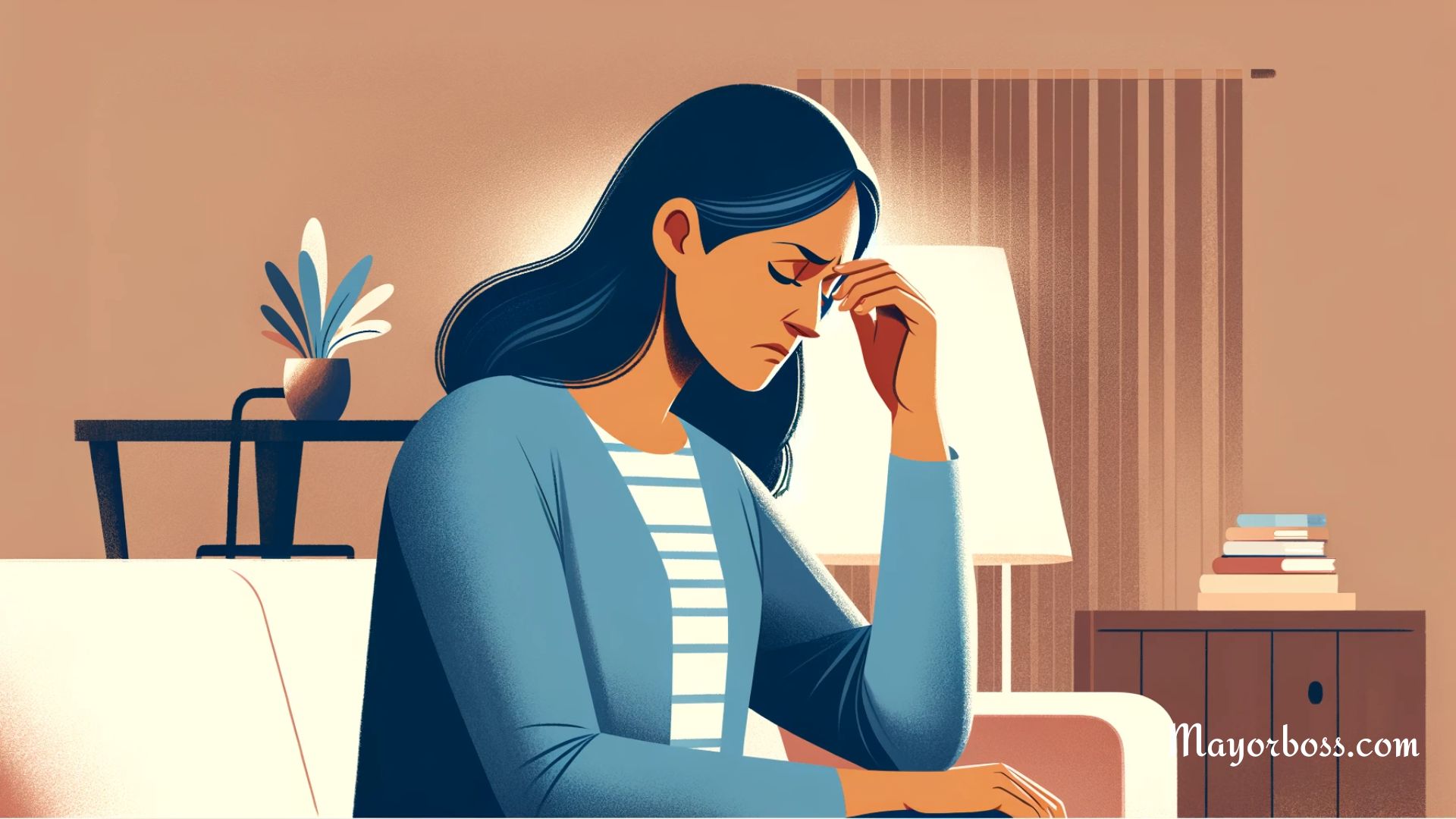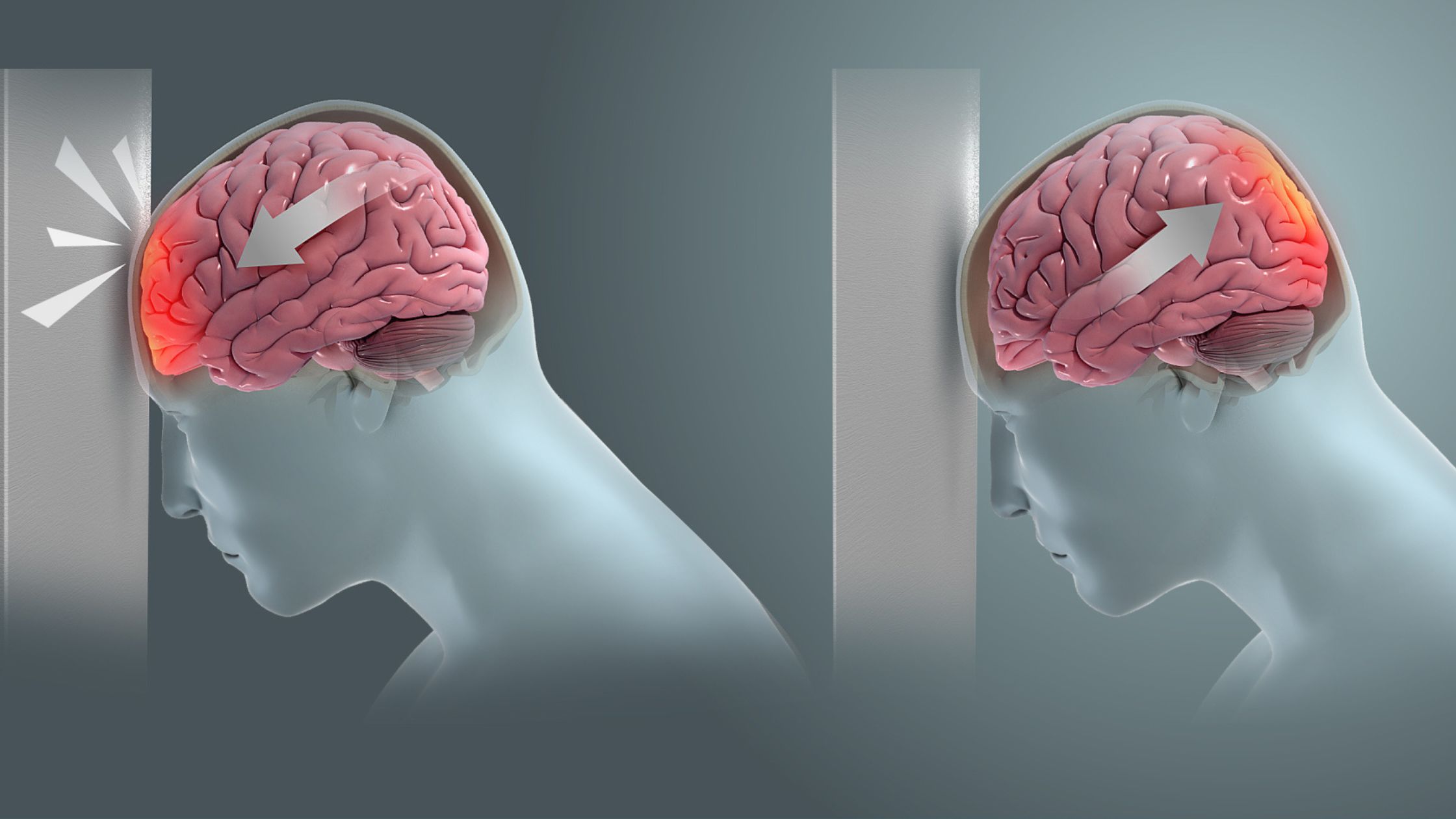The Symptoms and Warning Signs of Bipolar Disorder
- Bipolar disorder is a mental illness that causes extreme mood swings, ranging from mania to depression.
- Symptoms of bipolar disorder can include changes in sleep patterns, energy levels, and appetite, as well as irritability, recklessness, and delusions.
- Warning signs that someone may be developing bipolar disorder include a family history of the illness, experiencing trauma or stress, and having a history of substance abuse.
Bipolar disorder is a mental illness that causes extreme changes in mood and energy levels.
People with bipolar disorder can have periods of depression, where they feel hopeless and withdrawn, and periods of mania, where they feel energetic and hyperactive.
Bipolar disorder can be a very disruptive condition, making it difficult to maintain relationships, hold down a job, or even take care of basic daily tasks.
However, with proper treatment, many people with bipolar disorder are able to lead happy and successful lives.
According to the National Institute of Mental Health, around 4.4 percent of Americans suffer from bipolar disorder at some point in their lives. (1)
If you think you or someone you know might have bipolar disorder, it’s important to seek professional help.
Warning signs of bipolar disorder
Generally speaking, it can be difficult to recognize bipolar disorder, especially when it first appears.
This is because the symptoms can vary greatly from person to person, and they may not always be obvious.
Furthermore, bipolar disorder often develops slowly over time, which can make it hard to spot early warning signs.
However, The Diagnostic and Statistical Manual of Mental Disorders, Fifth Edition (DSM-5) lists the criteria for recognizing the bipolar disorder. (2)
Bipolar disorder is a category that includes three separate conditions: bipolar I, bipolar II, and cyclothymia.
- Bipolar I disorder is diagnosed when a person has had at least one episode of mania.
- Bipolar II disorder is diagnosed when a person has had at least one episode of major depression and one episode of hypomania. But the person has never experienced a full manic episode.
- Cyclothymic disorder is diagnosed when a person has had at least two years (one year for children and adolescents) of numerous depressive and hypomanic symptoms, but none of these episodes meet the criteria for major depression or mania.
Mania or hypomania
In order to be diagnosed with bipolar disorder, a person must experience at least one episode of mania or hypomania.
Mania is a period of abnormally high energy levels, mood, and behavior.
Symptoms of mania can include:
- feeling unusually happy or “high”
- having a lot of energy
- being very talkative
- feeling like your thoughts are racing
- being easily distracted
- having a low appetite
- being impulsive or engaging in risky behaviors, such as spending sprees, unsafe sex, or reckless driving.
Hypomania is similar to mania, but it is less severe and does not interfere with day-to-day life.
Major depression
In order to be diagnosed with bipolar disorder, a person must also experience at least one episode of major depression.
Major depression is a period of low mood and energy levels that interferes with daily life.
Symptoms of major depression can include:
- feeling sad or “down”
- losing interest in activities you used to enjoy
- having trouble sleeping or sleeping too much
- feeling tired or having little energy
- having difficulty concentrating
- feeling hopeless, guilty, or worthless
- withdrawing from friends and family
- thinking about death or suicide or attempting suicide. (3)
Psychosis
In some cases, people with bipolar disorder may also experience psychosis.
Psychosis is a condition that causes a person to lose touch with reality.
Symptoms of psychosis can include:
- hallucinating (seeing or hearing things that are not there)
- having delusions (believing things that are not true)
- thinking irrationally.
Substance use
People with bipolar disorder are also more likely to abuse drugs or alcohol.
Substance abuse can make symptoms of bipolar disorder worse and trigger manic or depressive episodes.
What therapy is best for bipolar disorder?
According to the American Psychological Association, cognitive behavioral therapy (CBT) is the most effective form of treatment for bipolar disorder.
CBT is a type of therapy that helps patients to identify and change negative thought patterns that may contribute to mood swings.
Additionally, CBT can help patients to develop healthy coping mechanisms for dealing with stressors. (4)
Another effective therapy for bipolar disorder is medication management.
Medication can help to stabilize mood swings and reduce the severity of symptoms.
In some cases, medication may be used in combination with therapy to maximize treatment effectiveness, according to American Psychological Association. (5)
Ultimately, the best therapy for bipolar disorder depends on the individual patient’s needs and preferences.
Seek professional help
Talk with your doctor or mental health professional if you’re experiencing any of the symptoms listed above.
They can help you make a diagnosis and develop a treatment plan.
Bipolar disorder is a serious condition, but with proper treatment, many people are able to lead happy and successful lives.






